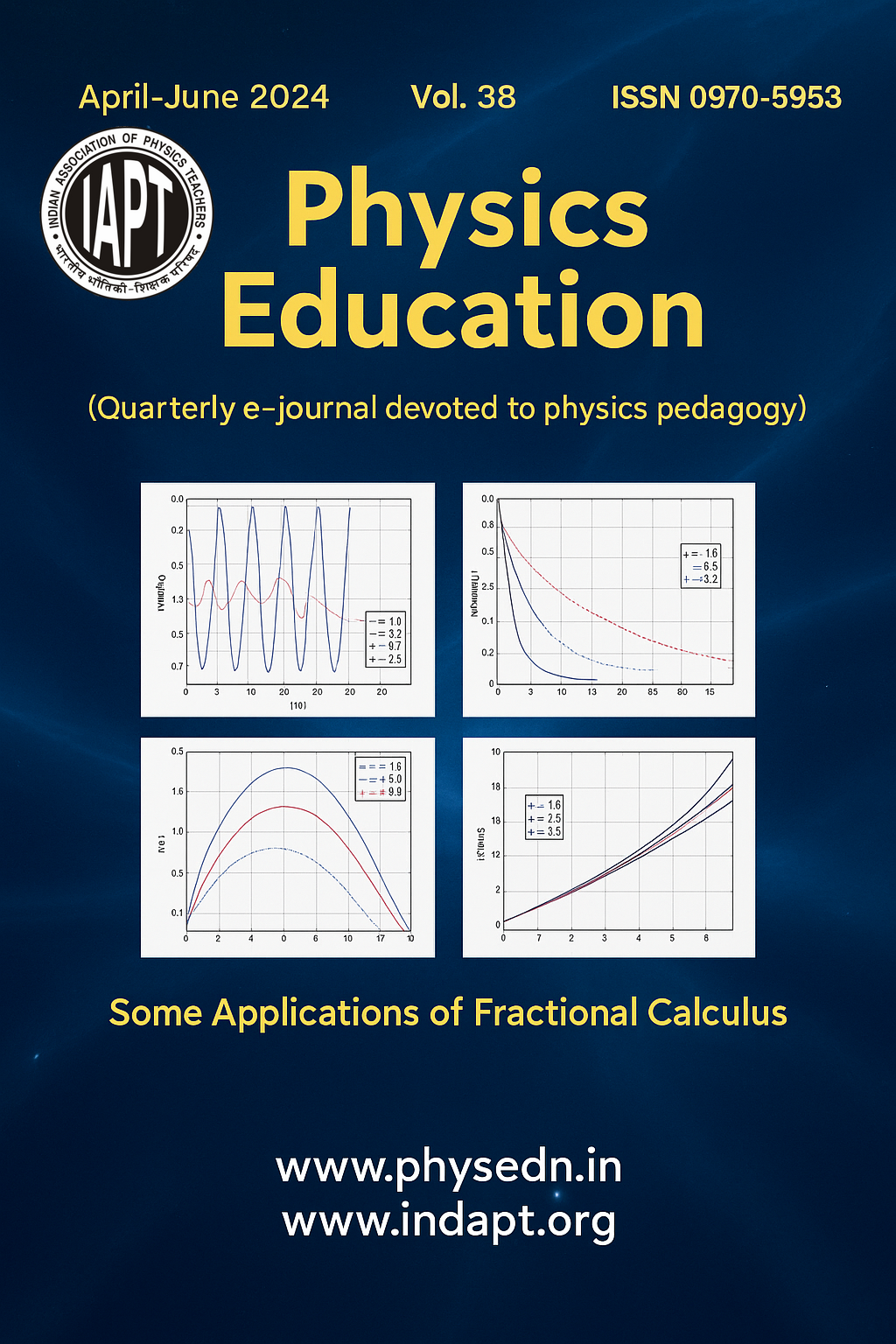Abstract
Newton’s third law (law of conservation of mo- mentum) is being used in all branches of physics right from Newtonian Mechanics to the ideal rocket equation. The law was originated in Prin- cipia without mathematical equations. Action and reaction are expressed in terms of push, pull, or force (weight, mg).
In simple mathematical descriptions of freely falling and rebounding bodies (and in var- ious types of collisions), the law neglects the shapes of bodies (spherical, umbrella-shaped, polygon, cone, thin pipe, flat, typical shape, etc.) and other related factors. These exper- iments need to be understood quantitatively. Some equations based on elastic collisions (using conservation of momentum and kinetic energy) lead to inconsistent results regarding the Special Theory of Relativity.
The elusive factors can be taken into account by generalizing the law as: Reaction = − Q × Action = −Action ×( Qshape × Qcomposition × Qtarget × Qother ) where Qi accounts for effects of shape, com- position, target, and other factors. Various experiments have been suggested to calculate Q. If Q = 1, then the generalized form reduces to Action = −Reaction and is more practical. Likewise, Tsiolkovsky’s and other related equations vary.
The rocket motion is controlled by a computer algorithm, whereas the motion of fire- works is understood by Tsiolkovsky’s equation.

